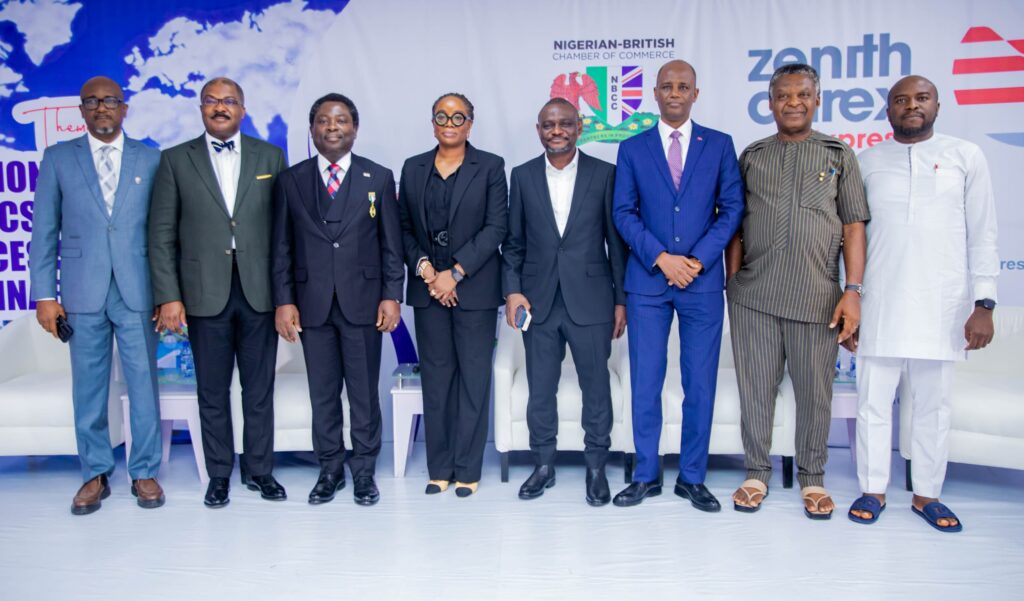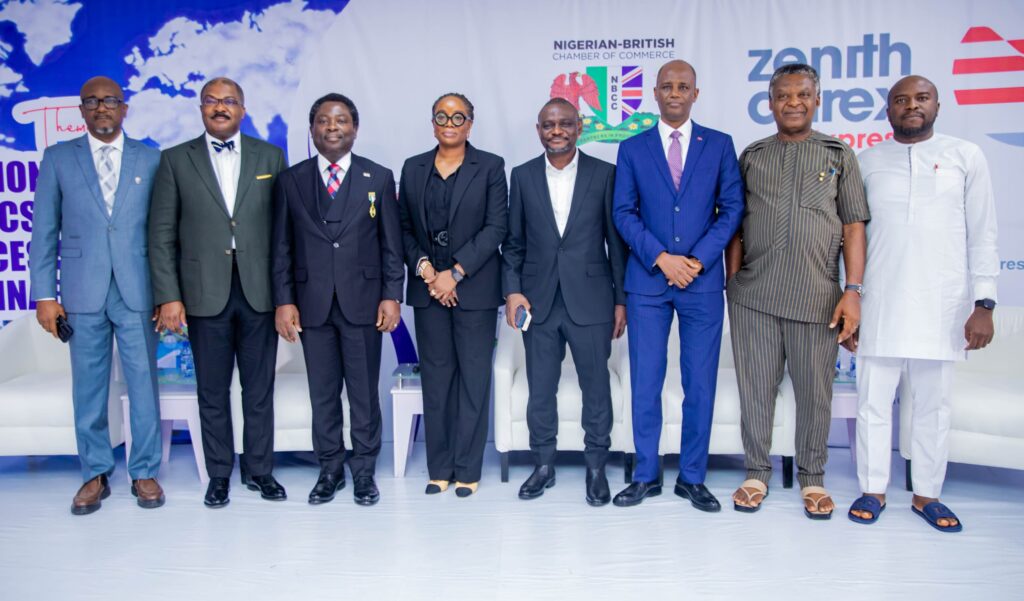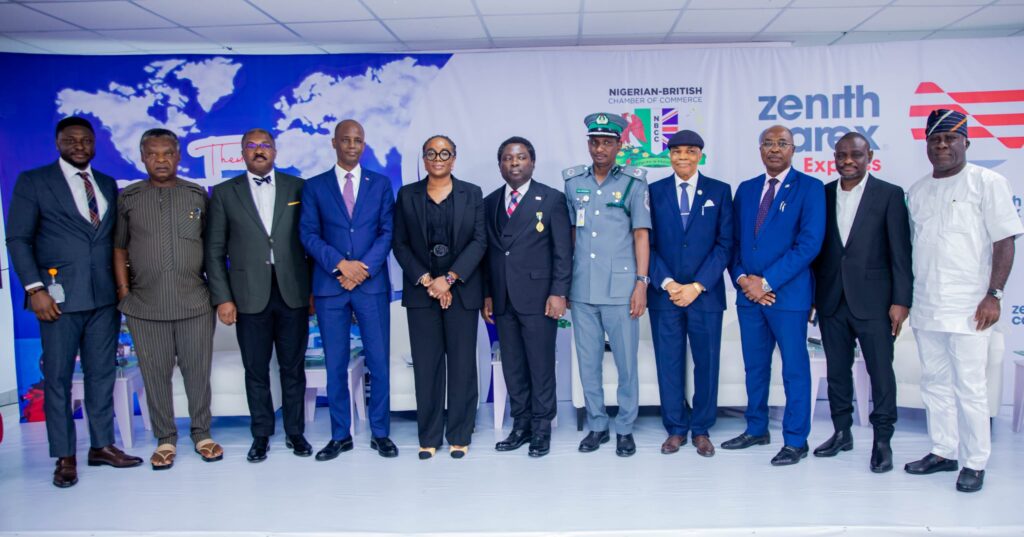Infrastructure Development:
- Improve road networks, especially last-mile connectivity, to facilitate smoother transportation of goods and parcels.
- Invest in modern logistics parks and warehouses to enhance efficiency and reduce operational costs.
- Upgrade digital infrastructure to support e-commerce and digital logistics solutions.
Regulatory Framework:
- Streamline regulatory processes to reduce bureaucracy and enhance transparency.
- Implement clear policies that encourage private sector investment in logistics infrastructure.
- Ensure regulatory compliance to international standards to boost credibility and facilitate global trade.
Technology Integration:
- Embrace digitalization with technologies like IoT (Internet of Things) for tracking and fleet management.
- Develop robust e-commerce platforms and mobile applications for seamless customer experience and efficient operations.
- Explore AI and machine learning for route optimization, predictive maintenance, and demand forecasting.
Capacity Building:
- Invest in training programs for logistics professionals to improve skills in supply chain management, customer service, and technology adoption.
- Foster partnerships with educational institutions to tailor curricula to industry needs.
Sustainability Initiatives:
- Promote green logistics practices, such as electric vehicles and renewable energy use, to reduce carbon footprint.
- Implement waste reduction strategies and encourage recycling within the sector.
Public-Private Partnerships (PPP):
- Encourage collaborations between government agencies, private companies, and international organizations to leverage resources and expertise.
- PPPs can facilitate infrastructure development, regulatory reforms, and skill enhancement initiatives.
Market Expansion and Global Integration:
- Facilitate trade agreements and partnerships with neighboring countries and international markets to expand the reach of Nigerian logistics services.
- Enhance customs procedures and trade facilitation measures to reduce transit times and costs.
Customer Focus:
- Improve customer service standards and communication channels to build trust and loyalty.
- Offer customized logistics solutions tailored to the needs of different industries and sectors.
Risk Management:
- Develop contingency plans and resilience strategies to mitigate risks such as security threats, natural disasters, or economic downturns.
Monitoring and Evaluation:
Foster a culture of innovation and continuous improvement within the sector.
Establish performance metrics and regular assessments to track progress and identify areas for improvement.














